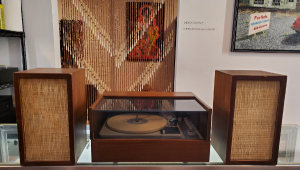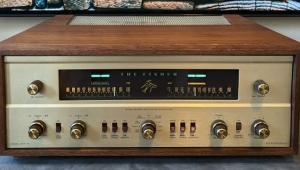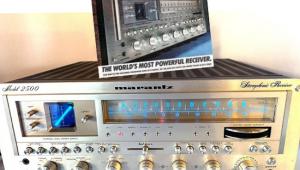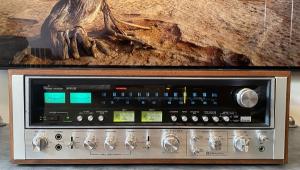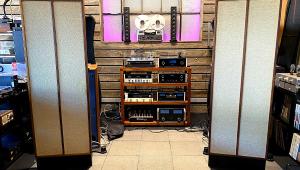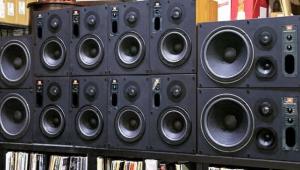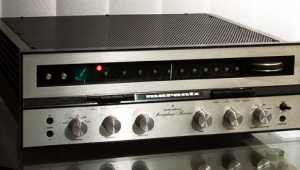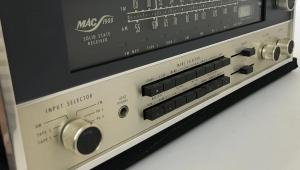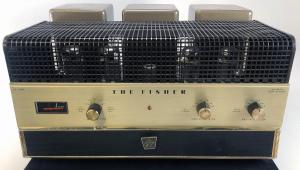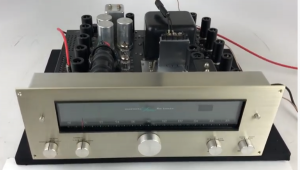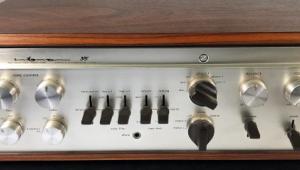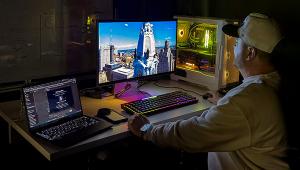JVC HR-D725 VHS H-Fi VCR
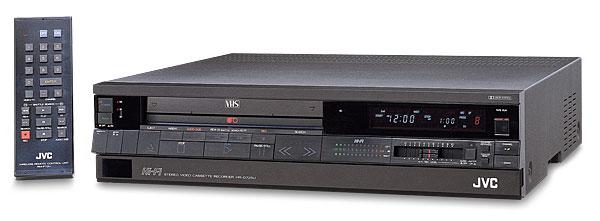
Sony came to the rescue first with Beta hi-fi VCRs in early 1983, but I was a VHS guy, so I was thrilled when JVC responded later that same year with its HR-D725 hi-fi machine. In one fell swoop, lo-fi sound was banished—wow and flutter, tape hiss, limited bandwith, and mono were history. The new hi-fi format, while still analog, had CD-quality sound thanks to the use of audio frequency modulation (AFM), in which the recorded stereo audio signal was essentially hidden under the video signal on the same section of tape then extracted on playback. Hi-fi was spec’d to deliver the full audio frequency range, a quiet –70-decibel noise floor, and 90 dB of dynamic range.
Mind you, hi-fi VCRs weren’t cheap. I believe my first JVC was $500 in 1983 dollars, and blank tapes were going for $12 to $15 a pop. All of the major studios immediately started releasing hi-fi-encoded movies (which also contained the original linear audio tracks and were therefore backward-compatible with non-hi-fi VCRs). Not long after, multichannel television sound (MTS) stereo broadcasts started on NBC on July 26, 1984, with The Tonight Show. This allowed hi-fi VHS owners to take advantage of the superior audio for time shifting. But even before stereo broadcasts, a lot of audiophiles were so impressed with hi-fi sound, they used JVCs as audio-only recorders. I did, and made great-sounding party mix tapes from LPs!
